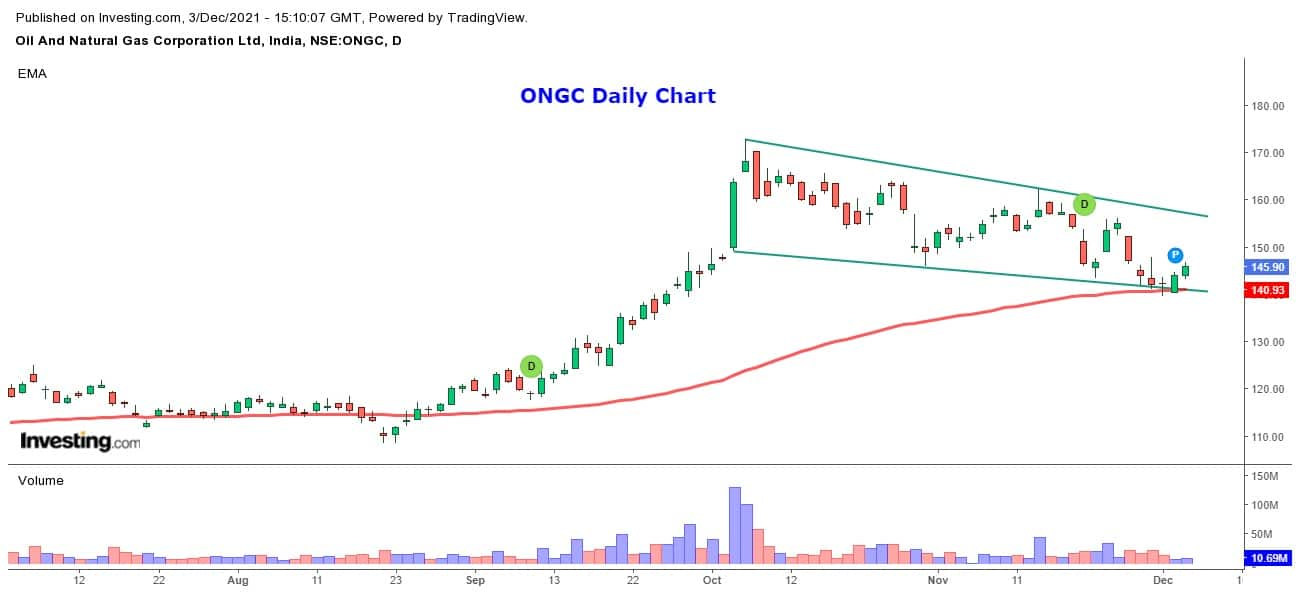
Shubham Agarwal
Markets have been good most of the time after the Covid shock. Hence, the drop in the indices may seem a bit out of the ordinary. However, looking at global uncertainties, one may anticipate further drops from where we are.
This is one of those times when the markets have already fallen and we are in a dilemma whether or not to participate in the ongoing trend. Two major concerns arise:
1. What to do with existing Buy positions?
2. Is it safe to create fresh Sell positions?
Let us take the concerns one by one.
The underlying issue that is bothering us is that we are acting at the bottom of the market.
This situation can be handled with the help of Options.
Exiting Buy positions: the trading community is fairly mature and understands and appreciates the discipline of stop loss. However, there are many of us who have bargain hunting trades that are yet to hit the stop loss. With a macro (market) view, it may not be sound to keep existing buy trades relying just on stop loss orders.
At times uncertainties and overnight developments may not even let us trigger the stop loss. In order to maintain and not exit the position prematurely, while at the same time to get protection against the stop loss, we can buy a Put option.
The Put option can be of the closest expiry date with a strike closest to the current market price of the stock or index where we have Buy position.
The life of this protection is generally expected to be 2-3 days, giving us a little time to get a little clarity as the stocks and indices spend time around fresh lows. Once that clarity comes along, we can always review the Buy position and exit, or decide to stay without the Put Option.
The idea behind the Put option is that we are now safe in both cases. If the market bounces back, we are still in the Buy position and stand to gain, with a small price paid for protection. At the same time if the market falls apart from here, we will be protected to greater extent using the Puts. The losses will be limited to the premium we have paid. The Put will make money compensating for losses made in the existing Buy positions.
New Sell positions: likewise, with creating fresh sell positions. What if we are selling at the bottom? Here also the instrument of choice is the Put option. The only difference is that we will choose a strike that is slightly lower than the current market price of the stock or index we intend to sell.
I prefer these lower Puts because they cost less. I have experienced in the past that if the fall continues after a big fall, the momentum and the size of the continued fall is so big that even the lower Put gives good money.
On the other hand, if we have sold by buying a Put option at the lowest point, then the cost of going wrong is limited to the (lower) premium we have paid.
Thus, instead of getting rid of existing Buy positions out of fear and / or restraining yourself from selling after the fall, use Put options and trade at every opportunity presented to you without hesitation.
Disclaimer: The views and investment tips expressed by investment experts on Moneycontrol.com are their own and not those of the website or its management. Moneycontrol.com advises users to check with certified experts before taking any investment decisions.

